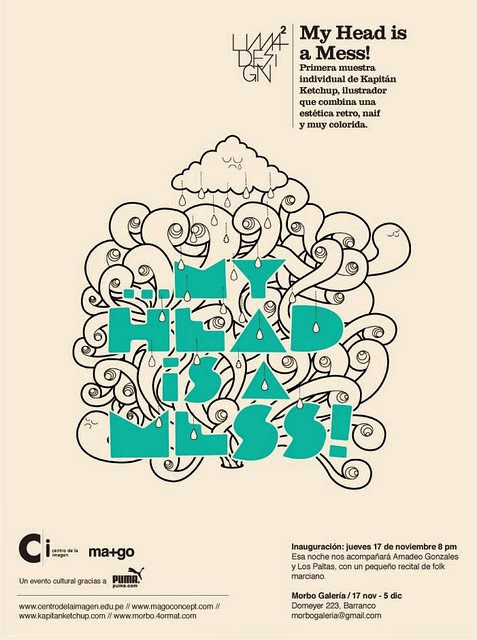 |
| The Greats / los 'Grandiosos' |
In the future, a group of super-powered beings protect the Earth. They’re godlike versions of Superman. Their power is incommensurable and they defend mankind and solve the world’s problems. As a result of their intervention, the world is a very different place… but some people can’t accept that the fate of the Earth is not in the hands of men, but of supermen.
 |
| The last of the Greats / el último de los Grandiosos |
That’s why, one by one, the Greats, these powerful entities, are destroyed by the very same people they had been protecting… all except one. But whereas the Greats were good, kind and trustworthy, the last of them is evil, ruthless and dangerous. And he has all the power in his hands to annihilate humanity if he chooses to do so.
And that’s not all, Earth is now besieged by an unknown and hostile alien race. When a desperate group of men visit the last of the Greats and ask him for help, they realize how cruel is the vengeance of this last survivor.
 |
| Peeples cover / portada de Peeples |
Once again, Joshua Hale Fialkov proves to be a very talented writer, versatile enough to transit from horror to heroism and epic adventures. But if there’s a reason why I bought this first issue is because of Brent Peeples’ art. Back in 2010, Brent collaborated in an indy anthology (the same way I did).
Brent Peeples was, by far, one of the best artists in this volume. I remember explaining to some of my friends that I admired Brent’s ability to create movement in figures and spot-on facial expressions; and he could also arrange a large number of characters in the same frame, something which up to that point I had never been able to do. Of course, Brent was probably one of the first pros in joining us, but it’s now, with his work on Image, that he’s truly making a name for himself. I’m glad (and proud) to say I was right there with him, at the beginning, well, sort of. Congratulations Brent! You did it!
_________________________________________________
Hace pocos meses leí "Echoes", del aclamado escritor Joshua Hale Fialkov. Era un thriller psicológico, una historia de terror y una investigación policíaca... Y tenía algunas de las páginas más terroríficas publicadas en el 2010. "Last of the Greats", por otro lado, se trata de algo completamente diferente.
 |
| my pencils / mis lápices |
En el futuro, un grupo de seres súper poderosos protegen a la Tierra. Son casi como dioses al estilo Superman. Su poder es inconmensurable: defienden la humanidad y solucionan los problemas mundiales. Como resultado de su intervención, el mundo es un lugar muy diferente... pero algunas personas no pueden aceptar que el destino de la Tierra no repose en las manos del hombre, sino del súper-hombre.
Y por ello, uno por uno, Los 'Grandiosos', estas poderosas entidades, son destruidos por la misma gente que habían estado protegiendo... todos excepto uno. Pero mientras los Grandiosos eran bondadosos, amables y confiables, el último que queda es malévolo, despiadado y peligroso. Y tiene el poder de aniquilar a la humanidad si decide hacerlo.
Y eso no es todo, la Tierra está ahora asediada por una desconocida y hostil raza alienígena. Cuando un desesperado grupo de hombres visitan al último de los Grandiosos y le piden ayudan, descubren la venganza cruel de este último sobreviviente.
 |
| my inks / mis tintas |
Joshua Hale Fialkov demuestra ser un escritor de talento, versátil y capaz de transitar del terror al heroísmo y las aventuras épicas. Pero si compré este primer número fue a causa del arte de Brent Peeples. En el 2010, Brent colaboró en el volumen 1 de una antología independiente.
Brent Peeples era, de lejos, el mejor artista en dicho volumen. Recuerdo haberle explicado a algunos amigos que admiraba la habilidad de Brent para crear movimiento en sus figuras así como expresiones faciales acertadas; y también podía encajar un gran número de personajes en la misma viñeta, algo que en ese entonces yo no era capaz de lograr. Por supuesto, Brent fue probablemente uno de los primeros profesionales en unirse al proyecto, pero es ahora, con su trabajo en Image, que está ganando fama. Estoy contento (y orgulloso) de decir que yo estuve con él allí en los inicios. ¡Felicitaciones Brent! ¡Lo lograste!


















